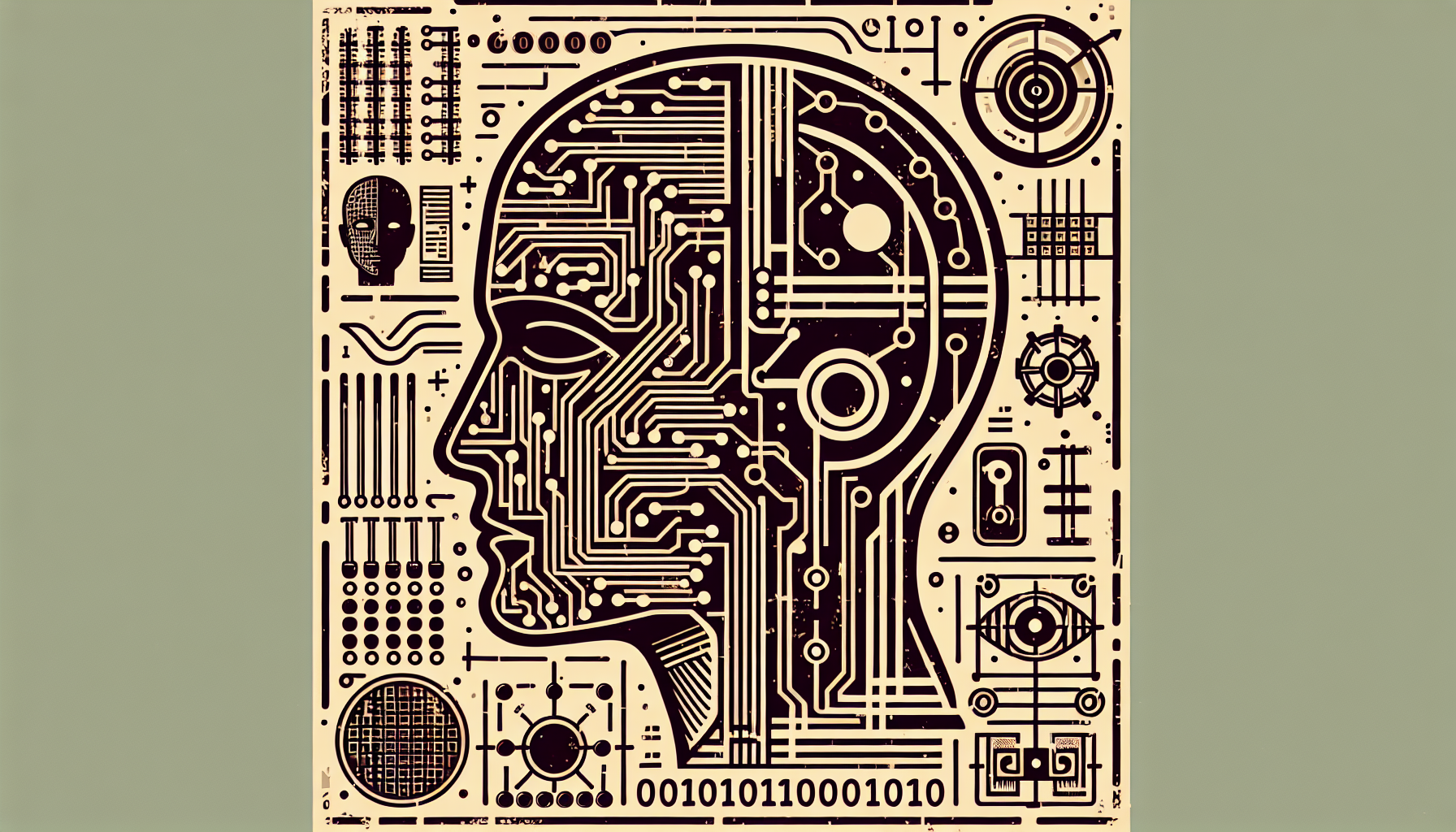It has been more than 70 years since Alan Turing famously asked, “Can machines think?” and offered his clever, pragmatic answer: let’s see if a machine can fool a human into thinking it’s another human. Thus was born the Turing Test, a notion so ingeniously simple that it still captures our imagination. Yet, today, with AI models capable of writing poetry, solving math problems, and—rather disturbingly—impersonating our voices, we have to ask: Is the Turing Test still a useful benchmark for AI intelligence? Or, much like using a candle to measure sunlight, should we consider a new set of philosophical yardsticks?
The Old Game: Guessing Who’s Who
Let’s start at the beginning. Turing’s original idea was not so much about machines actually thinking, but about whether their responses were indistinguishable from a human’s in conversation. The “imitation game” he proposed was, at its core, about performance. If you can’t tell the difference, does it matter if the thing talking is made of meat or metal? Turing thought not.
This was a bold move—philosophers before him (and many since) got tangled up in the “essence” of thought. Is there a ghost in the machine? Turing sidestepped that ghost with a polite “let’s keep the conversation practical, shall we?” He thought intelligence could be observed in action, like seeing someone dance rather than analyzing their muscles.
What’s Changed Since 1950?
Fast forward to 2024, and AI isn’t just nattering away in some smoke-filled room, fooling a lone judge with clever quips. AI systems now analyze billions of data points in seconds, generate images, map protein structures, and beat us at chess, Go, and even Mario Kart. Some chatbots sail past Turing’s original test—on a good day, at least—by offering answers that are perfectly plausible, if sometimes a bit too agreeable.
But here’s the rub: passing for human in conversation is now easier, but it tells us less. Modern AI can fake humanity’s surface—words, voice, even hand-drawn sketches—but it still can’t understand the deeper nuances: ambiguity, common sense, or why your aunt thought that joke at Thanksgiving was so funny (or so awkward). If anything, the internet has proven we humans ourselves are remarkably inconsistent. If AI’s goal is to mimic us, what exactly is it mimicking?
The Turing Test’s Philosophical Limits
The Turing Test is, in many ways, a test of deception: can the machine pretend well enough? But deception isn’t understanding. An actor can play a doctor on television, wielding medical lingo and a convincing bedside manner, but you probably wouldn’t want them removing your appendix.
More to the point, the Turing Test doesn’t ask if the AI knows what it’s talking about. It doesn’t ask if the AI can solve new problems, form intentions, appreciate beauty, or feel regret. It doesn’t even care if the machine has a sense of humor—unless the judge does, too. In short, the test measures imitation, not comprehension or wisdom.
And here’s another limitation: humans themselves are easy to fool. Sometimes we see patterns that aren’t there. Sometimes, in conversation with chatbots, we project personality, empathy, or meaning where none exists. If a test marks intelligence based on our gullibility, perhaps it’s the standard—and not the machine—that needs rethinking.
New Benchmarks: Intelligence Beyond Imitation
So what kind of benchmark should we use for AI? We might take inspiration from what impresses (and frustrates) us about human intelligence. Maybe we want machines that don’t just talk, but can:
- Recognize and resolve ambiguous instructions
- Explain their reasoning in plain language
- Adapt to entirely new situations without retraining
- Understand jokes, metaphors, or cultural references beyond rote patterns
- Work with humans as creative partners—not just fast calculators
- Express “uncertainty” or say, “I don’t know” when appropriate
Some researchers suggest “the Long Now Test”: does an AI’s behavior look intelligent not just in the short term, but over years, responding and learning as the world changes? Others propose “embodied intelligence”—does the AI understand the world not just through words, but through experience, perception, and interaction (the way you know a chair isn’t just an object, it’s for sitting, balancing, putting your feet up, maybe even standing on to reach the top shelf)?
Ethics and Empathy: The Missing Ingredients
Of course, there’s an elephant in the digital room: intelligence without empathy can be dangerous. It’s one thing to build a chatbot that can ace the Turing Test, but another to create a system that understands context, respects boundaries, and supports human values. Perhaps our new benchmarks ought to ask: does the AI act with care? Can it recognize when a user is in distress? Does it safeguard privacy, avoid manipulation, and promote well-being?
In other words, maybe we need to look less at whether the machine is like us, and more at whether it is good for us.
Concluding Thoughts: Beyond the Mirror
The Turing Test was a brilliant seed, planted in the fertile soil of post-war imagination. But technology has raced ahead, and we need new philosophical measures—ones that move beyond the mirror of imitation to the richer terrain of understanding, creativity, responsibility, even kindness (yes, even machines might someday surprise us).
Are we there yet? Not quite. But the benchmarks we choose today will shape the AI we live with tomorrow. So as we navigate this brave new world, let’s be careful what we wish for—after all, as any philosopher knows, the best questions are the ones that make us rethink the answers we thought we knew.

Leave a Reply